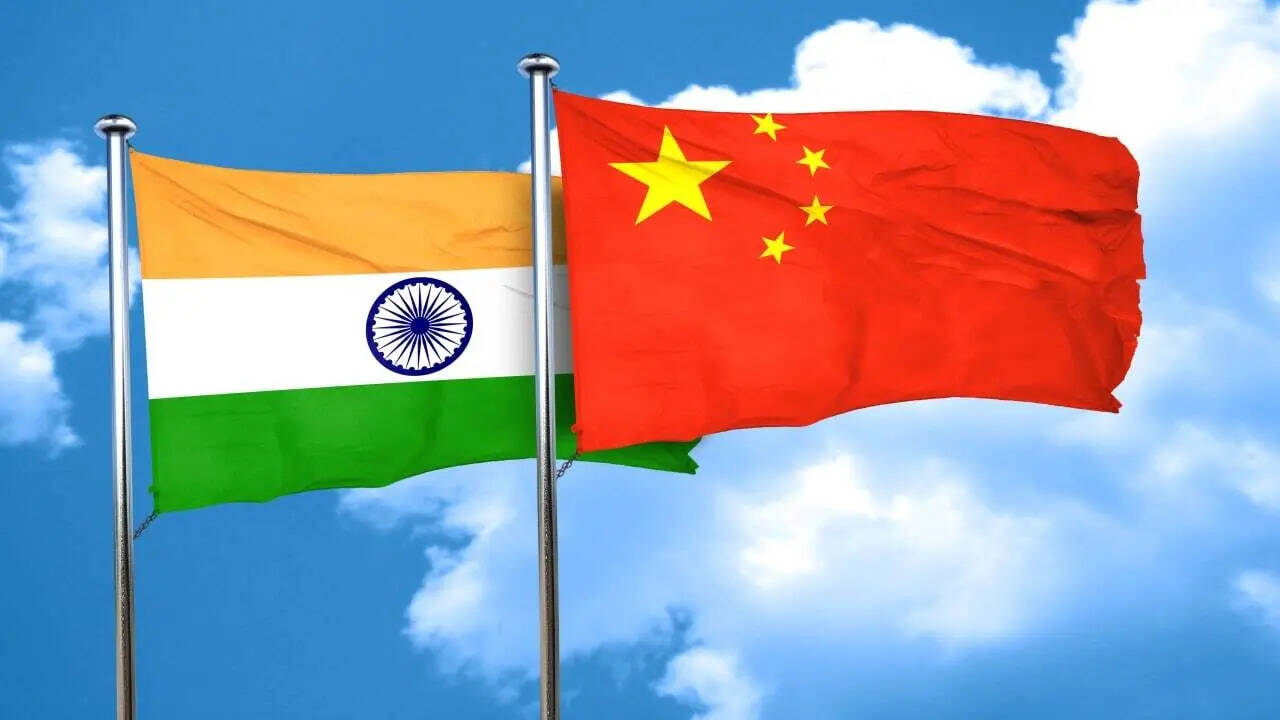
India’s aggressive push to boost its electric vehicle (EV) and battery manufacturing sector has begun yielding results not just in domestic growth but also in the form of envy. China has recently filed a formal complaint with the World Trade Organization (WTO), alleging that India’s subsidy schemes violate global trade rules. Besides being a dispute, China’s WTO complaint is also a sign that India’s evolving industrial strategy is starting to unsettle the world’s largest manufacturing power, possibly because it sees India copying its own playbook.
China’s WTO challenge
China’s complaint centres around India’s subsidy measures for EVs and batteries, including the flagship production-linked incentive (PLI) scheme and EV policy, which aim to stimulate domestic manufacturing. According to China, these measures violate the WTO’s principles of national treatment which mandates equal treatment for foreign and domestic companies and constitute prohibited import substitution subsidies, which are designed to replace imports with locally-produced goods.WTO rules require that before a full-fledged dispute is initiated, the aggrieved country must request consultations with the alleged violator. This is the first step in the dispute settlement process. China has used this mechanism not just against India, but also against countries like Türkiye, Canada and the EU, where similar policy interventions in green technology are being promoted.
China’s irritation stems from the fact that these subsidies give Indian firms a competitive edge over foreign manufacturers, especially Chinese companies aiming to expand into India’s rapidly growing EV market. The timing of this complaint, coming amid tentative efforts by India and China to thaw their frosty diplomatic ties, indicates complexities in resolving trade issues.
What actually riles China
The underlying reality is that India is actively trying to reduce its dependence on imported technology and components, particularly in sectors deemed strategically important. The EV and battery industries fall squarely into this category. The government has made it clear that domestic capacity-building is not just an economic goal but also a national security imperative.
Schemes like the PLI offer significant incentives to companies that manufacture key components within India. These policies are designed to create Indian champions in high-growth sectors such as clean energy, semiconductors and advanced automotive technology. And they are working. India is slowly emerging as a potential manufacturing hub, attracting global investors and gradually increasing domestic value addition too. From China’s point of view, India’s potential rise as a manufacturing power is threatening.
China’s uneasy position
What makes China’s complaint particularly ironic is that the very tactics it now objects to have long been central to its own industrial playbook. For decades, China built its manufacturing might on the back of massive state subsidies, cheap credit, preferential land allocations and protectionist policies. All of these were aimed at scaling up domestic industry and flooding global markets with inexpensive products. India’s green energy subsidies can hardly match China’s gargantuan subsidy policies that ran for decades.
From solar panels to electric vehicles, China’s dominance has been inextricably linked with state support. This approach helped Chinese firms outcompete many foreign rivals, sometimes decimating entire industries in other countries. Now India is attempting a similar strategy, though without the predatory edge of China’s subsidy policies and on a smaller scale and with clearer guardrails,
This may be less about principle and more about competition. Chinese EV manufacturers are currently caught in a brutal price war at home, exacerbated by overcapacity and slowing domestic demand. Export markets, including India, which has become the world’s third largest auto market after the US and China, represent vital lifelines for these companies. Any policy that hampers their access or advantages local players is naturally seen as a threat.
While China’s own EV companies might need a vast auto market like India for their future growth since they are facing domestic challenges, at a deeper level China’s reaction may reflect discomfort with India’s growing willingness to emulate successful aspects of the Chinese development model. For years, India’s industrial policy was cautious, leaning heavily on liberalisation, openness and non-intervention. But recent shifts suggest a more hands-on approach, where the state plays a proactive role in steering strategic sectors a bit like China has done.
This strategy could signal the beginning of a new phase in global industrial competition. If India succeeds in nurturing domestic champions in green technology, it would not only boost self-reliance but also alter global supply chains that are currently tilted in China’s favour. China, used to being the benchmark, may not be comfortable seeing others use similar tools to challenge its supremacy.
The fact that this is unfolding in the EV and battery space, a sector critical to the energy transition and future of mobility, makes it even more consequential.
A sign that India is on the right track
While the WTO process will take its course, the very fact that China has taken the step of initiating it speaks volumes. It suggests that India’s industrial policies are beginning to bite. India may not have yet achieved the scale that could threaten China, but China’s complaint shows it might be sensing an emerging threat. Increasingly, India is no longer seen as merely a consumer of technology but as a potential competitor in creating it.
China’s move to challenge India at the WTO may be couched in the language of legal norms, but it is also a sign of discomfort. It shows that India’s attempt to play the manufacturing game on its own terms (while borrowing some pages from China’s book) is being noticed. For India, that may be a clear validation that it’s moving in the right direction.>

